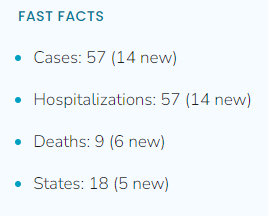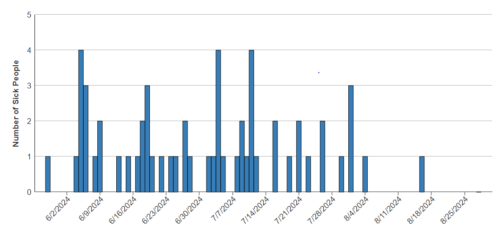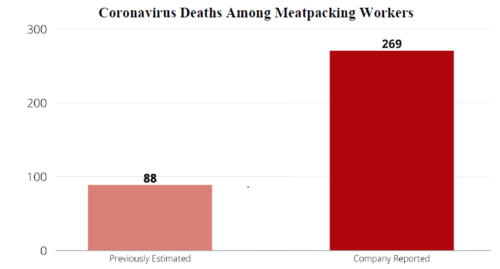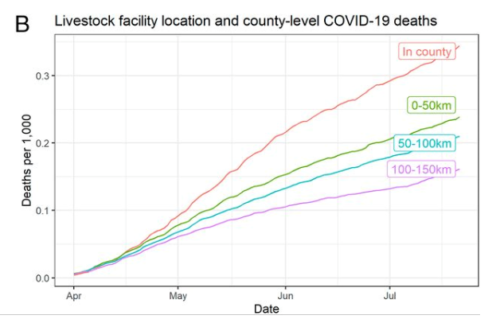Concerns about food safety regulation (or the lack thereof)
[Personal note: my graduation address today at Hopkins has been rain-postponed to 1:00 EDT . It will be streamed here.]
Food safety is always a difficult topic because nobody wants to talk about it.
- We expect the food we buy to be safe (a quite reasonable expection, in my view).
- Food companies, by law, are supposed to produce foods safely.
- Regulators are supposed to make sure they do.
Any breakdown in rules and regulations causes problems. Three troubling examples:
I. Sentient Food: Federal Inspectors Found Antibiotics in Beef ‘Raised Without Antibiotics.’ They Took No Action
These letters, recently obtained by the advocacy group Farm Forward through a Freedom of Information Act request, reveal that the world’s largest meat producers — JBS, Cargill, and Tyson — raised cattle that tested positive for antibiotics prohibited under USDA-approved labels advertising the beef as free of antibiotics…These findings were announced last August, but the names of the companies which tested positive for antibiotics were not made publicly available until recently, as part of a new report released by Farm Forward questioning the validity of this popular label.
II. Phyllis Entis: Manufacturer repeatedly shipped pet food after presumptive-positive pathogen test results
During the 2024 calendar year, Morasch Meats, Inc. (Portland, OR) sold dozens of batches of Northwest Naturals raw pet foods and pet treats after the finished products tested presumptive-positive for Salmonella or Listeria monocytogenes.
Instead of confirming the presumptive result as required by the test kit manufacturer, the company repeated the same rapid test on fresh samples. When the repeat test did not find the pathogen, Morasch released the production batch for sale.
III. Food Safety News: Intent or impact? New rules redefine food safety justice
On May 9, President Trump signed Fighting Overcriminalization in Federal Regulations, an executive order directing agencies like the FDA and USDA to limit criminal charges for food safety violations unless companies knowingly break the law. The executive order discourages criminal charges for unintentional violations…while deliberate acts, like falsifying tests, remain subject to prosecution…Critics, including consumer advocates, warn that the executive order, combined with reported cuts to FDA and USDA staff, could weaken deterrence against food safety violations.
Comment: When it comes to food safety, enforcement regulation is essential. History tells us that unwatched food companies sometimes tend to let safety measures slide. FDA and USDA food safety inspectors need to be on the job. FDA inspectors have been cut. USDA staff cuts undoubtedly will affect meat inspections. None of this bodes well for the safety of the US food supply.








